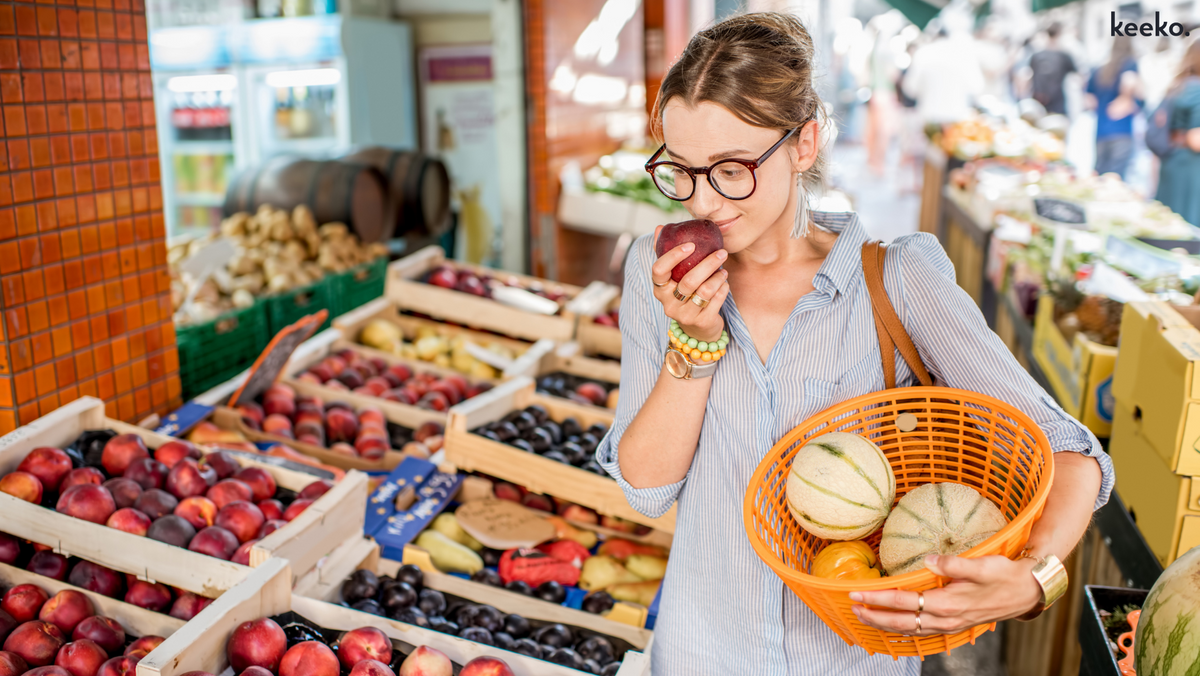So often you hear that organic food is better than conventional supermarket food, but which is really better for you without the guilt trip, especially when you are feeding not just yourself but your family as well. Read on for our balanced view.
Nutrition 🥦
Multiple large reviews (including a 2012 Stanford study and a 2020 update in Critical Reviews in Food Science and Nutrition) show no consistent, major difference in vitamin and mineral content between organic and conventional produce.
The nuance is organic foods often have slightly higher levels of certain antioxidants and lower pesticide residues.
Pesticides 🌱
Organic uses none or natural pest control methods, so residue levels are typically lower & conventional uses synthetic pesticides, but these are regulated and tested to remain below safety limits.
Environmental Impact 🐝
Organic farming are generally better for soil health, biodiversity, and happy bees populations vs conventional farming which can be more resource-efficient (higher yield per acre), meaning less land is needed and more people can be fed.
Bottom line, the sustainability story is complex; both systems have pros and cons depending on crop, region, and farming practices. So chalk this up as an even battle.
Price check 🛒
Organic can often mean 20–100% more expensive because of smaller yields, stricter certification, and more labour-intensive practices.
Taste 🍎
Here at Keeko we swear that more often than not have richer flavours, especially for seasonal produce from local farms. Conventional at supermarkets are often let down by their complex supply chains so the time from plant to plate can be long and hence deteriorate in flavour.
Our balanced takeaway 💡
In our humble opinion organic slightly wins this battle if you value lower pesticide exposure, environmental benefits in certain cases, and can afford it — especially for the produce you eat most often and raw. If you’re budget-conscious, conventional produce is still safe, nutritious, and far better for your health than skipping fruits and veggies altogether.
Also try to buy direct from your fruit/veggie grocer or butcher or farmer’s markets, because not only do they know where/which farmers they source their products from (because people will think you are mad if you talk to an automatic scanners at checkout) and how good their farming practices are, you might also be able to befriend another human and we can all do with more of those!
Smart Rules for Eating Conventional Produce
Follow the “Dirty Dozen” & “Clean Fifteen” rule
- Dirty Dozen: These tend to have higher pesticide residues — wash thoroughly or peel if eating conventional (e.g., strawberries, spinach, apples, grapes, peaches).
- Clean Fifteen: These usually have low residues — safer to buy conventional (e.g., avocados, onions, pineapples, sweet corn, melons).
Tip: The Environmental Working Group (EWG) updates this list yearly.
Wash Everything Well (Even Peel-It Items)
- Rinse under running water while rubbing with your hands — water alone can remove a lot of surface residue.
- Use a veggie brush for firm produce
- For extra cleaning: soak in a baking soda solution (1 tsp per 2 cups water for ~15 min) — studies show this helps remove more pesticide residues.
Peel or Remove Outer Layers
- Peeling apples, cucumbers, and carrots, or removing outer cabbage/lettuce leaves, can significantly reduce residues.
Buy Local When You Can
- Even if not organic, small-scale local farmers may use fewer chemicals or spray less often — and you can ask them directly about their growing methods.
Prioritize Variety
- Don’t eat the same fruit or veggie in huge quantities every single day — varying your diet naturally reduces repeated exposure to any single pesticide type.
Eat Seasonally
- In-season produce usually travels less, is fresher, and may require fewer pesticides or preservatives to keep it looking good on the shelf.
Be extra mindful if you are sensitive or have kids & pregnancy
- Kids are more sensitive to certain residues due to body size and development. If you can’t go all-organic, focus your organic purchases on the Dirty Dozen for them and use the above cleaning steps for the rest.


